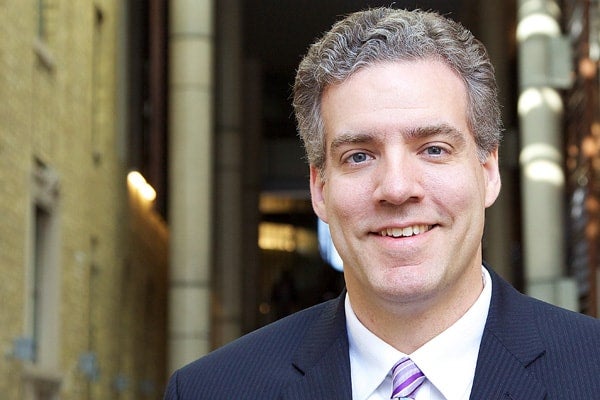
Keeping tap water clean and clear
Published: May 25, 2012
When you turn on your tap, you probably don’t give a second thought to the quality of the water that comes out.
North Americans can generally take for granted that the water provided from municipal supplies is clean and clear. However most are probably not aware of the engineering deployed to keep it that way.
Among those developing the research and techniques for water purification is Civil Engineering Professor Ron Hofmann, who has recently been named NSERC Associate Industrial Research Chair in Drinking Water. He explains that while confidence in our water supply is understandable, complacency can be deadly.
“Drinking water in North America is very safe, but given that there are over 300 million people drinking it every day, there are still occasional illnesses,” said Hofmann, who added “… we are still trying to make drinking water safer.”
The public not only expects tap water to be safe to drink, but also be clear and odourless, which is the challenge Hofmann will tackle during the term of his research chair.
“From time to time there are algae blooms in Lake Ontario that make Toronto’s tap water unpalatable. The water is still perfectly safe to drink, but the earthy-musty smell erodes public confidence. I’m trying to improve the cost-effectiveness of removing these offensive tastes and odours,” he said.
He is exploring new ways to make the use of granular activated carbon (GAC) more cost-effective. GAC is currently used to remove taste and odour-causing compounds from drinking water and is familiar to anyone who uses black charcoal to purify their aquarium.
“GAC adsorbs organic molecules that create tastes and smells, removing them from the water. The GAC has a limited capacity for adsorbing the molecules, so eventually you need to remove the exhausted GAC and replace it with fresh material,” Hofman said.
The challenge is that GAC is very expensive, so Hofmann is working to better detect when it becomes exhausted and needs to be replaced. The aim is to use the material for a longer period, thereby reducing the overall cost. He is also exploring the benefits and challenges associated with using ultraviolet light and chlorine to destroy offensive taste and odour-causing chemicals.
The awarding of Hofmann’s Associate Chair follows the recent re-appointment of fellow Civil Engineering Professor Robert Andrews as the Senior NSERC Industrial Research Chair in Drinking Water Research.
The funds associated with the research chair will support funding for five to six graduate students per year as well as additional research activities. The Industrial Research Chair is supported by the Natural Sciences and Engineering Research Council of Canada (NSERC) with corporate support from General Electric, Peterborough Utilities Corporation, Lake Huron and Elgin Area Water Supply System, as well as the regional municipalities of Durham, Halton, Peel and York, and the cities of Toronto and Barrie.
Hofmann explained that the industrial partners not only provide financial support, but intellectual support as well.
“The industrial partners contribute intellectually to the research, first by identifying research needs from their perspective, and then working with me to translate those needs into appropriate research projects,” he said, noting, “there’s a very active channel of communication between the University and the partners.”



